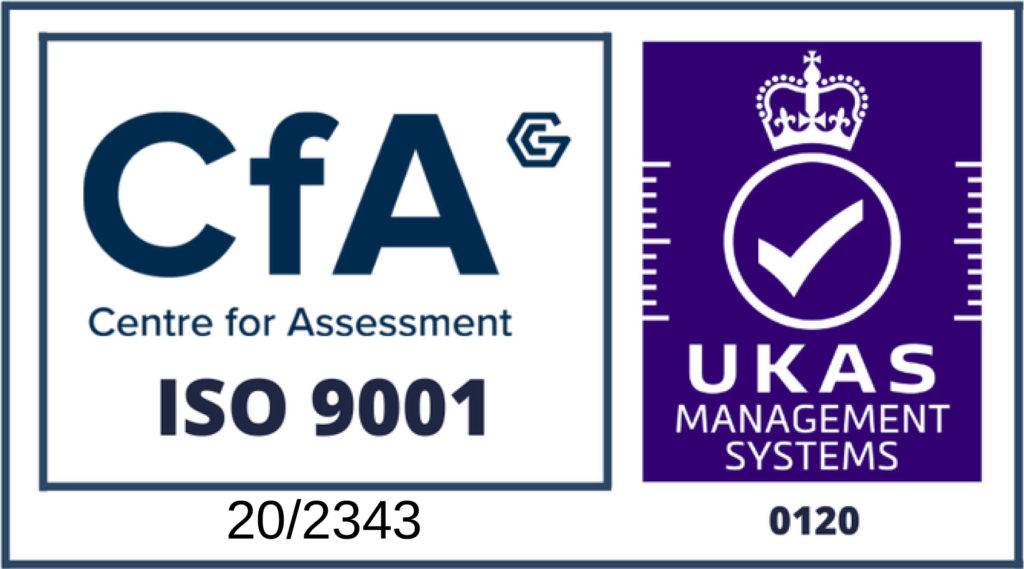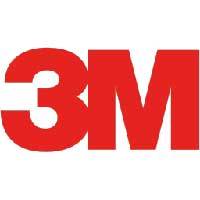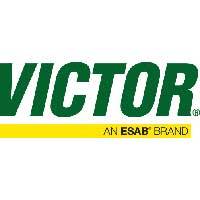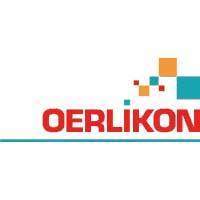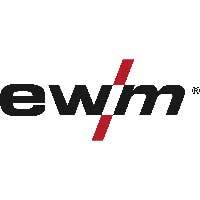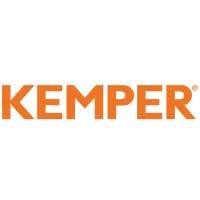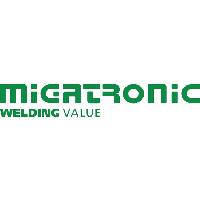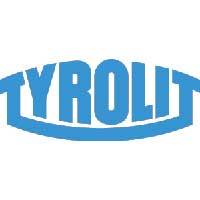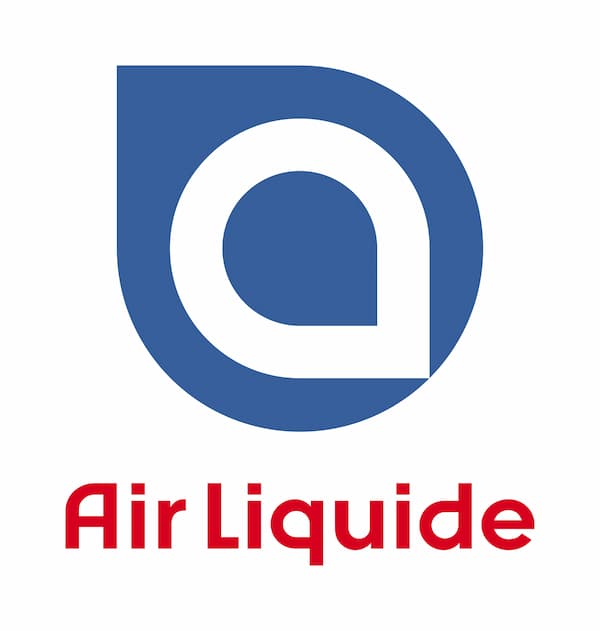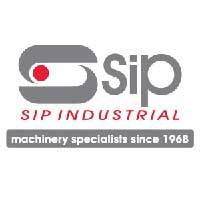Welding consumables are an important part of the welding process, helping to join metals safely and reliably. Whether you are a seasoned professional or someone just starting out, understanding what these materials are and how to choose and maintain them can make your work smoother and more efficient. In this guide, we’ll explain the different types of welding consumables, what to think about when selecting them, and how to store and care for them properly.
What Are Welding Consumables?
Welding consumables are materials used during the process, that are either consumed in the process or play a key role in ensuring a strong and lasting bond between metals. They include electrodes, filler wires, fluxes, and shielding gases. Each type has a specific purpose and is chosen based on the welding method and materials being used.
Types Of Welding Consumables
Electrodes
Electrodes are one of the most common consumables in welding. They are used to conduct electricity and create the heat needed to melt the metal. Some electrodes also provide filler material for the joint. Stick electrodes (used in SMAW) and flux-cored electrodes (used in FCAW) are two popular types, each suited for different tasks and environments.
Filler Wires
Filler wires are added to strengthen the weld joint. They are available in various materials like mild steel, stainless steel, and aluminium. The choice of filler wire depends on the type of base metal and the welding method being used.
Fluxes
Fluxes are chemical agents that clean the metal surface and prevent oxidation during welding. They come in acidic, basic, or neutral varieties, and the choice of flux will depend on the type of weld and the material being welded.

Shielding Gases
Shielding gases, such as argon, helium, and carbon dioxide, protect the weld area from air contamination. They are often used in processes like MIG and TIG welding. Also, the gas you choose will affect the quality and appearance of the weld.
Choosing The Right Welding Consumables
When selecting welding consumables, several factors come into play:
- Material Type & Thickness: The type and thickness of the base metal will help determine the right consumables. For example, aluminium requires different consumables than steel.
- Welding Process: Different welding methods, such as MIG, TIG, or SMAW, require specific products designed for those techniques.
- Desired Properties: Think about what you need from the weld. For example, does it need to be extra strong or particularly durable?
- Budget: While quality is important, balancing cost and performance is key, especially for large projects.

Best Practices For Storing & Caring For Welding Consumables
Proper care and storage of welding consumables can help you avoid problems like contamination or damage. Here are some simple tips:
- Keep Consumables Dry: Moisture can damage consumables like electrodes and fluxes. Store them in a dry place or use a sealed container to protect them.
- Avoid Contamination: Ensure consumables stay clean by keeping them away from dirt, grease, or dust. Use gloves when handling them if possible.
- Follow Manufacturer Guidelines: Check the instructions provided with your consumables for any specific storage or handling requirements.
By following these tips, you can keep your consumables in good condition and ensure consistent results in your work.
For A Range Of Welding Consumables, Contact Proweld Today
Choosing the right welding consumables and taking care of them properly can make a big difference in your projects. If you’re looking for advice or a reliable source for your welding supplies, Proweld is here to help. Get in touch with us today to learn more about our range of products and how we can support your work.

